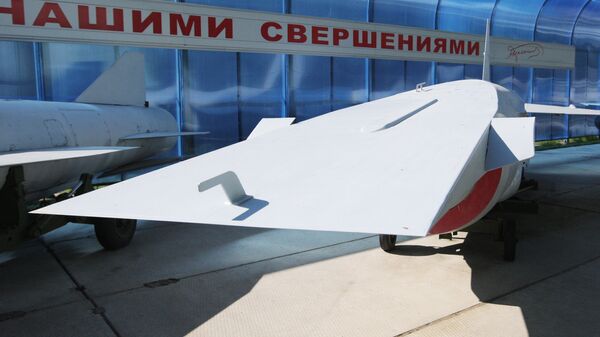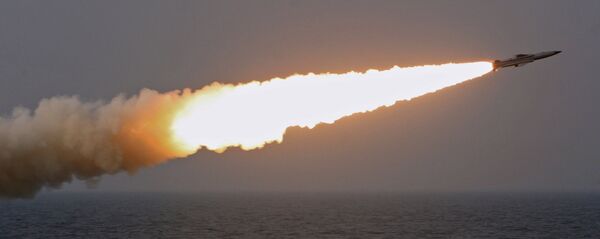Boris Obnosov said that in their work on hypersonic weapons Russian designers relied in part on ideas put forward back in the Soviet days.
“We know full well that no matter how technologically advanced you are, you just can’t build a hypersonic weapon from scratch. We are talking Mach 10 speeds and extreme missile temperatures and no one knows how this would affect the system’s performance,” he added.
“Well in some ways they are ahead of us and the other way round,” he said, underscoring the need for serious investments into research and experimental work.
In an interview with Sputnik, Leonid Ivashov, President of the Academy of Geopolitical Studies, a Moscow-based think tank, mentioned the so-called Lightning Strike strategy which has been in effect in the US for almost 17 years now.
“The Americans made this headway after they realized that using nuclear weapons on a battlefield can lead to a global nuclear war. In 2003 they changed their strategy after then President George W. Bush signed the Prompt Global Strike directive to develop a system to deliver airstrikes using precision-guided conventional weapons, including hypersonic cruise missiles, to bring any country, Russia included, down to its knees,” Ivashov said.
He added that the Americans considered hypersonic weapons a “sacred cow” and refused to limit their use.
“With their range, speed and accuracy similar to those of strategic weapons, cruise missiles are in no way limited when it comes to their destructive effect. We tested such weapons back in the 1980s, but were unable to produce them en masse. We had good ideas, so the Americans learned much from us,” Leonid Ivashov noted.
He added that the appearance of hypersonic weapons in Russia would restore the balance of force.
“There is no way you can possibly defend against such weapons. Fully aware of this we started developing advanced systems of early detection, such as the A-50 plane equipped with the state-of-the-art Shmel-2 radar. Our primary task was to ensure 100-percent coverage of the country’s territory to “see” low-flying targets. Another task was to ensure their quick detection and destruction,” Leonid Ivashov said.
In April, Russia successfully carried out the first test flight of a hypersonic Yu-71 glider launched with the use of an RS-18A strategic ballistic missile in the Orenburg Region in the Ural Mountains.
The missile accelerated up to 7,000 MPH.



